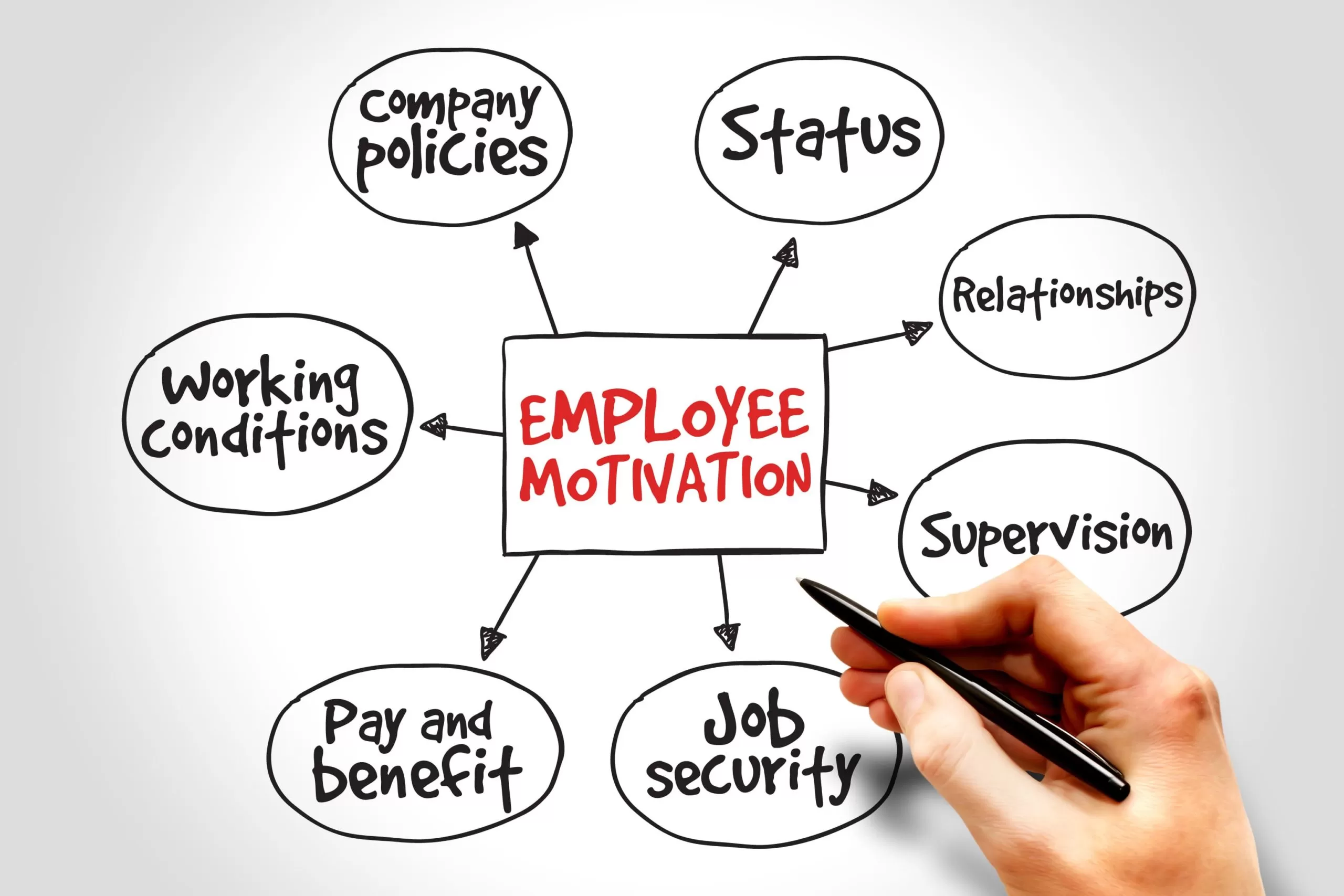Employees expect more than ever from the companies they work for, and autonomy at work is a huge draw. Studies show that workplace autonomy supported by tools like Performance Management Systems, enhances an employee’s sense of job satisfaction, motivation, creativity, and overall well-being. Many employers have found their employees to be more productive as they’ve abandoned their micromanaging ways in favor of autonomy and self-governance.
Here, you’ll discover why empowering your employees is usually better than trying to exert control over them, how you can promote autonomy in your workplace, and what you can expect to see from such a shift.
What Does Autonomy Mean in the Workplace — and What Doesn’t It?
Autonomy in the workplace is not about passively letting employees be independent. It’s also not working in isolation, or doing work without guidance, boundaries, supervision, or collaboration. It’s about allowing people to work the way that is most conducive to their own best performance. Promoting autonomy at work means empowering employees to be self-starters, giving them stewardship over their work and their environment, and providing support instead of exerting control. When employees feel trusted, they’re more likely to perform top-notch work.
An autonomous work environment is built upon respect, trust, integrity, and a culture of accountability — not one of fear. Instead of imposing arbitrary work schedules on employees and threatening repercussions for failing to stick to them, for example — give workers their task and a due date, and allow them to complete it however is best for them within that timeline so they can give you their best work in return.
What Are the Benefits of Employee Autonomy?
Increases Feelings of Ownership and Loyalty
Granting employees the flexibility they need can help them feel valued and accountable for the tasks for which they are put in charge. When employees have unrestricted access to training portals and cross-training options, they won’t feel limited in their roles and growth opportunities. When they feel that they are trusted, their loyalty is also likely to deepen.
Improves Productivity and Reduces Labor Costs
While it may seem that it would speed things up to show employees “the right way” at times, it’s often more constructive to allow more freedom and simply offer constructive feedback where applicable. Micromanaging wastes labor hours and slows employees down at their respective tasks, but increasing autonomy stretches labor dollars further and allows managers to focus on more lucrative and essential tasks.
Promotes Job Satisfaction
When employees can create their own schedules or set their own goals, they may feel more content with the company. Giving employees freedom in these areas puts them in control of their own work/life balance, which can reduce stress and increase positive feelings. Greater contentment levels can also reduce turnover and foster a more desirable company culture.
Potentially Improves Workplace Adaptability
Workplace autonomy benefits the individual in a lot of ways, but it also helps the workplace as a whole. Every worker has his or her own unique way of solving problems and tackling tasks, and when you allow each person to exercise and share those strategies, it opens up a wider range of solutions that strengthen the workplace. By tapping into the diversity in thinking, the workplace becomes more adaptable and prosperous.
May Impact Customer Relationships
Most customers appreciate a little humanity in their transactions, so allowing employees more creative freedom in the way that they greet and interact with customers can help to establish bonds with customers that may otherwise not have existed. Customers can distinguish genuine interactions from rehearsed ones, so choosing employee candidates with great personalities as well as strong qualifications can ensure greater success with customer relationships.
Naturally Simplifies Succession Planning
When employees are allowed to learn at their own pace and encouraged to work autonomously, the leaders among the group will naturally come forward. Employees may also exhibit traits that help you recognize potential positions for them across the organization that may not have been obvious in a more structured, micromanaged environment. Succession planning becomes much easier when employees are able to exhibit their range of skills and strengths.
How to Implement Autonomy in Your Workplace
There are many ways in which a workplace can improve employee autonomy. HR software can give employees access to personal information, help with independent goal setting, link to training portals, and act as a communication medium. Using tools like this while focusing on the impact of changes and policies on employee autonomy will help to achieve this goal faster.
Here are some other ways to transform your work environment into an autonomous one:
- Trust your workers: Chances are, you hired employees onto your team because they demonstrated a strong desire to engage, do their jobs well, and innovate. You felt like you could trust them, so give them the chance to prove that you can! You may be surprised how well people perform when given that autonomy.
- Allow employees to make mistakes: Breathing down someone’s neck doesn’t keep them from making mistakes. In fact, it might cause them to make more. No employee is perfect, and that’s okay — mistakes are the way we learn, but the way you handle them as a manager determines whether that person becomes fearful at work or learns from the mistake. Instead of reacting angrily, talk through the problem to figure out what happened and how it can be prevented in the future. This can turn a negative situation into a learning experience.
- Equip employees with the right tools: You can’t expect your employees to produce their best work without investing in the tools required to do so. One of the keys to autonomy is giving employees everything they need to succeed on their own, whether it be training resources, office supplies, software programs, or support from upper management.
- Ask for employee feedback: To increase autonomy in the workplace, a quick and easy way to do it is by asking employees what you can do to make it that way. Send out employee satisfaction surveys from time to time to gather their opinions and try your best to implement the feedback you get.
- Allow for ownership: When your workers feel like they own a part of a project, they will naturally feel more motivated to give their best work. Try to match people to tasks that best suit their skill sets and experience, so they’re motivated to use their expertise and go above and beyond.
As you implement these strategies, not only will your employees be happier — you’ll also have a healthier and more functional work environment, and a stronger work output that increases your bottom line.












